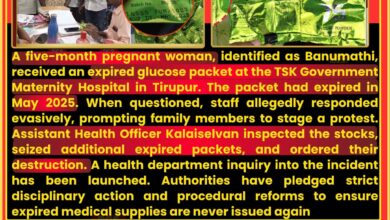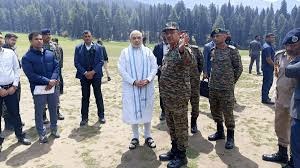
In a devastating turn of events, Syria has experienced a catastrophic surge in violence over the past two days, with over 1,000 people reported dead. The clashes involve a complex mix of Assad loyalists, state security forces, and various militant groups, marking the deadliest period of violence in the country in years. This escalation not only deepens the ongoing humanitarian crisis but also threatens to further destabilize a region already burdened by years of conflict.
Unfolding of the Clashes
The violent outbreak began unexpectedly, with multiple fronts opening up across key regions of Syria. Fierce fighting has been reported in several strategic locations, where factions aligned with President Bashar al-Assad have engaged in intense combat with rival groups. Eyewitnesses describe the scenes as chaotic, with heavy artillery, airstrikes, and ground assaults contributing to the high death toll.
Assad Loyalists vs. Militants:
The confrontation appears to be driven by a power struggle between elements loyal to the Assad regime and various militant factions seeking to challenge his authority. The loyalists, determined to maintain control over strategic territories, have clashed with groups that are pushing for a radical change in governance.
Role of Security Forces:
Syrian state security forces are also heavily involved, attempting to regain control over areas where militant groups have made significant inroads. However, their efforts have been met with fierce resistance, leading to prolonged and bloody engagements.
Impact on Civilians:
The violence has had a catastrophic impact on civilians, with many caught in the crossfire. Reports of widespread destruction, displacement, and casualties have emerged, intensifying the already dire humanitarian situation in Syria.
Context: Years of Conflict and Lingering Tensions
Syria has been embroiled in conflict since 2011, a period marked by shifting alliances, international interventions, and a persistent struggle for power. While the Assad regime has managed to retain control over large parts of the country, the conflict has evolved into a multi-faceted battle involving various domestic and international actors.
Historical Background:
The Syrian civil war has seen numerous phases, including periods of relative stability interspersed with brutal escalations. This recent surge in violence is a grim reminder that the underlying tensions have never fully dissipated.
Regional Implications:
The ongoing conflict has regional implications, affecting neighboring countries and drawing in global powers. The current escalation could potentially trigger further international involvement, complicating an already convoluted geopolitical landscape.
Humanitarian Crisis:
Decades of conflict have left millions of Syrians displaced and in need of humanitarian assistance. The renewed violence threatens to exacerbate this crisis, with international aid organizations warning of worsening conditions on the ground.
International Response and Calls for Action
The international community has reacted with alarm to the reports of over 1,000 deaths in just two days. Global leaders and humanitarian organizations are calling for an immediate cessation of hostilities and the implementation of measures to protect civilians.
Diplomatic Efforts:
Several nations have urged all parties involved to engage in dialogue and work towards a peaceful resolution. There is growing pressure on international bodies to intervene and mediate the conflict, although the complexity of the situation poses significant challenges.
Humanitarian Aid:
Aid agencies are mobilizing resources to provide relief to those affected by the violence. Efforts are being made to establish safe corridors for delivering food, medicine, and shelter to the displaced population.
Preventing Further Escalation:
Analysts warn that if the violence is not contained, it could spiral into a wider conflict, further destabilizing the region. The international community is closely monitoring the situation, advocating for measures that address both the immediate humanitarian needs and the long-term political challenges.
Conclusion: A Dire Need for Stability and Peace
The recent escalation in Syria, which has resulted in over 1,000 casualties in just two days, represents a critical juncture in the protracted conflict. With Assad loyalists, security forces, and militant groups locked in deadly combat, the situation remains highly volatile and unpredictable. The international community, along with local authorities, faces an urgent task in working towards a ceasefire and implementing strategies to protect civilians. As Syria grapples with this renewed wave of violence, the call for immediate humanitarian intervention and long-term diplomatic solutions has never been more pressing.










